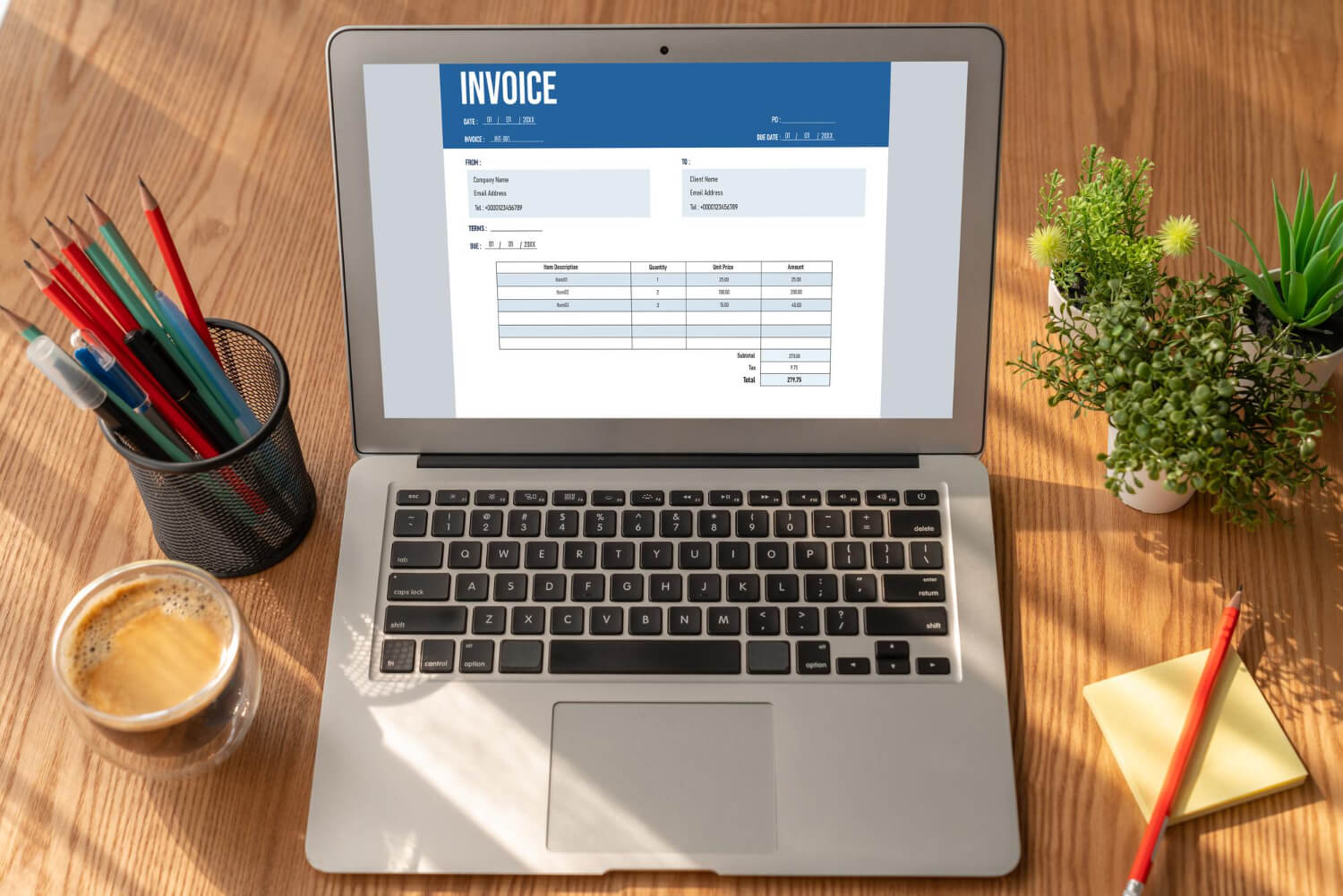In India, any shipping of goods worth at more than a specific amount requires an E-way Bill. It guarantees that tax regulations are observed, aids in the tracking of goods, reduces tax avoidance and promotes effective commerce.
The goal of the article is to outline the E-way Bill in simple terms, highlight its importance for products movement, and detail its benefits for both society and organizations.

Understanding E-way Bill
The E-way Bill is an electronic document that is necessary for the transportation of goods. It is created online using the GST site.
This system is part of India’s products and Services Tax (GST) policy and governs the flow of products between states (interstate) and within states.
Definition and Scope of E-way Bills
E-way Billis required electronic permission for goods exceeding INR 50,000, ensuring GST compliance. Contains consignor, consignee, product, and route details for both interstate and intra-state transit.
Legal Requirements for Inter- and Intra-state Movement of Goods
An E-way Bill is required by law for interstate transportation since April 1, 2018, and its implementation for intrastate transportation varies by state. The transporter must carry a physical or digital copy to facilitate tax authorities’ verification during transit.
Objectives of E-way Bill System
The E-way Bill system attempts to expedite and standardize the flow of goods subject to GST. Key goals include:
Real-time tracking of products via the GST site enhances transparency, efficiency, and accountability in Indian product transportation.
Preventing tax evasion by tracking the movement of products.
Facilitating speedier movement of goods by minimizing the time spent at checkpoints.
Increasing compliance with GST laws and reducing corruption.
Key Components of E-way Bill
The E-way bill is a required document for carrying products valued above a certain threshold within India. Here are the important components:
1. Generator details
Generator Specifications:- This section contains information about the party initiating the shipment. This comprises the supplier’s name, address, and GSTIN.
2. Receiver details
Receiver Information: -Information on the person receiving the shipment is documented here.It consists of the recipient’s name, address, and GSTIN to make sure precise delivery and legality.
3. Product details
Name, description, quantity, and value are all essential details that provide insight on the shipment.
4. Transportation details
It includes vehicle number, transporter ID, and name to provide transparency and responsibility throughout transportation.
Validation Period
The E-way bill has a validity period based on the distance of the products being transported. This segment defines the start and end dates to ensure timely delivery and legal compliance.

Types of E-way Bills
There are several distinct types of E-way Bills used in transportation.
- Inter State E way Bill
- Intra State E way Bill
- Consolidated E way Bill
An Inter-state E-way Bill is required for products transporting across states. In contrast, products carried inside the same state require an Intra-state E-way Bill.
Consolidated E-way Bill
It consolidates all separate invoices for many consignments in a single vehicle, making documentation simpler.
Part-A and Part-B E-way Bill
Part-A contains information such as the consignor, consignee, and value of goods, whereas Part-B of the E-way Bill includes the vehicle number, ensuring regulatory compliance and smooth product transportation.
Threshold for E-way Bill Generation
To ensure regulatory compliance, the generation of an E-way bill is subject to particular thresholds and conditions.
Value of consignment
An E-way bill is required for shipments worth more over ₹50,000. This criterion applies to both interstate and intrastate goods movements.
Distance threshold
Consignments heading over 50 kilometres must be carried with an E-way bill. This relates to the transportation of products through land, air, rail, or ship.
Exemptions
For non-motorized transportation and certain GST items, such as fresh produce and handicrafts, E-way bills are not required. Completely GST-exempt products likewise do not need an E-way bill.
Exceptions
State laws may exclude intrastate shipments from the E-way bill requirement. Furthermore, E-way bills are not required for items cleared by customs for import or export, which facilitates international trading.
Process of Generating E-way Bill
Creating an E-way Bill is an important step in ensuring the smooth transit of goods. Here’s a description to help you get through this procedure.
- To finish the registration process, enterGSTIN and other essential information on the official site.
- Log in with your account credentials to create a new E-way Bill.
- Include supplier and recipient information, item descriptions, mode of transportation, and vehicle number.
- The system checks for problems.
- If valid, an E-way Bill with a unique EBN is created.
Modification and cancellation options
It is possible to change or cancel the E-way Bill within a schedule will be developed if any problems or changes are needed to guarantee compliance and timely delivery of the product.
Documents Required for E-way Bill Generation
To generate an Electronic Way (E-way) Bill, provide the necessary documents:
- Invoice or Bill of Supply explains the transaction’s details, such as the products or services transferred, their quantities, pricing, and taxes.
- Information on the transporter’s identification or the vehicle that transports the products is required for tracking and monitoring.
- Transport document or delivery Challan guarantee tax compliance, it is necessary to produce this document if the company is registered for Goods and Services Tax (GST).
Generating E-way Bills through the Portal
A step-by-step guide to generating E-way bills
- Open the E-way Bill portal and log in.
- Under the ‘E-waybill’ menu, select “Generate new”.
- Enter details such as the invoice number, date, quantity, HSN code and product information.
- Determine the mode of transportation and the distance.
- Check all of the information and generate an E-way bill.
Compliance and Enforcement
Ensuring compliance with E-way Bill Verification and Penalties can be done in the following ways:
- The verification of the E-way Bill during shipment ensures regulatory compliance. Tax officials continue to monitor this process to ensure compliance.
- Noncompliance penalties, such as fines or legal action, are designed to discourage violations while also encouraging regulatory compliance.
- The tax officials control of the E-way Bill system is transparent, accountable, and dependable, which promotes trust among participants.
Benefits of E-way Bill System
The following are the benefits of the E-way Bill:
- Streamlines the transportation process by removing obstacles that restrict the passage of goods.
- Reduces tax evasion and fraud significantly, guaranteeing equal contributions to the economy.
- Improves traceability of goods and visibility, promoting accountability and confidence across the supply chain.
- Makes it possible for goods to be moved between locations smoothly, increasing productivity and reducing off delays.
Conclusion
The E-way Bill system accelerates the transportation of goods and promotes compliance to reduce ineffectiveness, promote confidence, and prevent fines. Modern logistics cannot function without it since it eliminates paperwork, reduces delays, provides real-time tracking, and encourages well-informed decision-making.

Leave A Comment